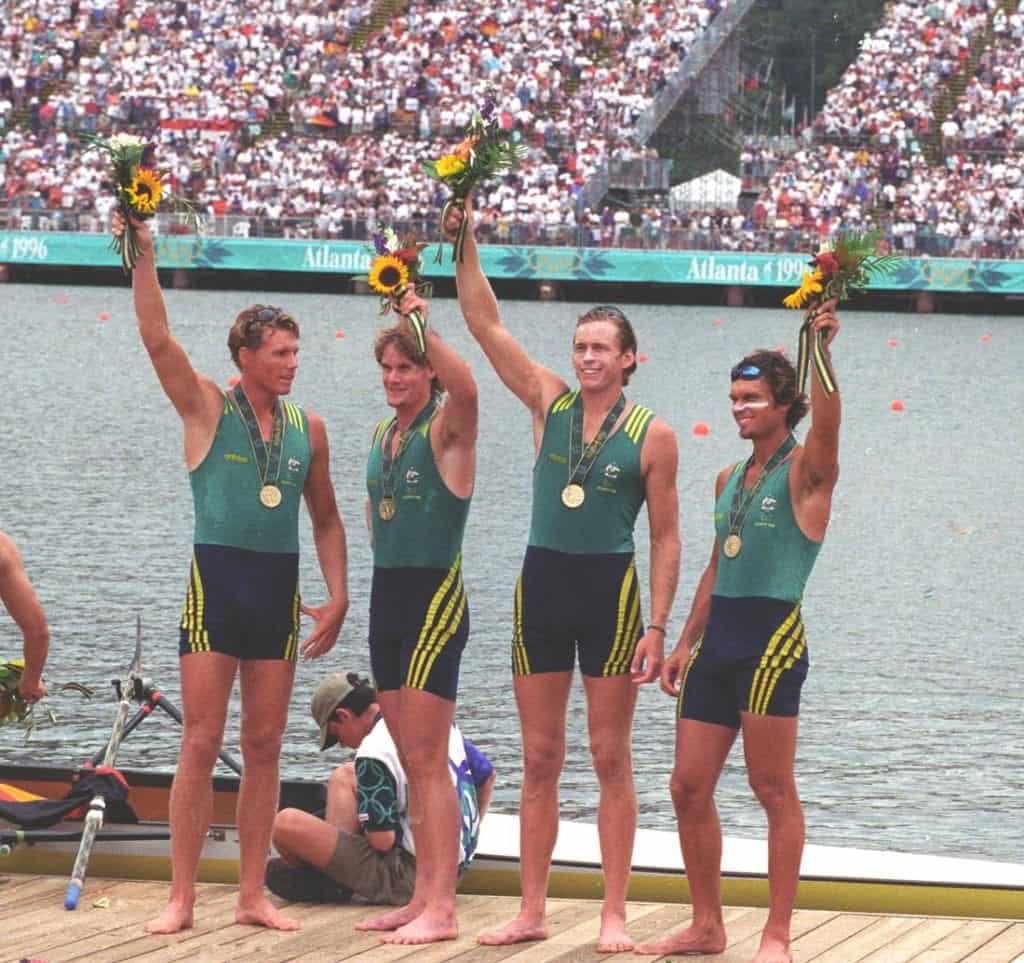By Bo Hanson – 4x Olympian, Coaching Consultant & Director of Athlete Assessments
Everyone loses their temper from time to time – we are all human! Infamous examples of brain snaps in sport have seen Mike Tyson biting Evander Holyfield, or more recently the several tennis racquets Marcus Bahgdadis smashed at the 2012 Australian Open.
These are well known examples, but what happens when something similar occurs to one of your athletes during a highly charged training session or in competition? The consequences to the relationships between fellow athletes, the coach and other sporting officials can be significantly damaged if tempers are lost and something regrettable is said or done (and we all know the importance of relationships to performance as discussed in the Canadian Olympic Study).
The combination of a trigger, a strong emotion, an automatic reaction and feelings of regret are the sequence of events known as an Amygdala Hijack. Understanding how this process works, and how to ensure the safety of important relationships during a brain snap can be invaluable knowledge for both the athlete and coach in the heat of the moment.
We can control how often this happens, and our subsequent reactions, by identifying our trigger points. Once we know our trigger points, we can begin to re-program our brains to respond in a productive way.
The brain determines our responses to any given stimulus. The journey begins with sensation – which is routed to the thalamus, a part of the brain which acts as “air traffic controller” to keep the signals moving and directing them to the appropriate part of the brain to create a response. In a “non-stressful” situation, the thalamus directs the impulse to the cortex for processing. The cortex “thinks” about the impulse and makes sense of it. “Aha,” it says, “this is an exclamation mark! It means I should get excited.” That signal is then sent to the amygdala where a flood of peptides and hormones are released to create “appropriate” emotion and action.
In stressful situations, the thalamus has a different reaction. Like any skilled air traffic controller, the thalamus can quickly react to a potential threat. In that case, it bypasses the cortex – the thinking brain – and the signal goes straight to the amygdala. The amygdala can only react based on previously stored patterns – flight, flight or freeze. Sometimes this kind of reaction can save lives, especially when triggering the right option in our fight or flight response. But more frequently, it leads us to say harmful things which escalate a conflict, as the hijack can be produced by an emotional threat as well as a survival threat.
To minimize the damage from hijacking, it is important to practice patterns which lead to de-escalation. Even from the hijacked state, and the circumstance where your brain is flooded with electro-chemicals, you still have options. You do not need to stay hijacked – you can still choose your reaction. After all, the chemicals do not persist – they will dissipate in only three to six seconds. However, undoing the damage caused in the heat of a moment response can sometimes take a long time and a long of effort. When this is coupled with the highly personal relationship between a coach and athlete or team members, an attempt to control your response to an Amygdala Hijack can go a long way to creating better on and off field performances.This is why the simple act of taking deep breaths can be enough to calm you down!
In addition, understanding what your triggers are is another critical step to reducing amygdala hijacks. If you know you react a certain way to certain triggers, then manage the environment to reduce the triggers or change your reaction to them.
At Athlete Assessments, we’re here to provide you with excellence in service and here to help you be your best. If there is anything we can assist you with, please Contact Us.





